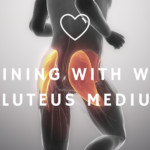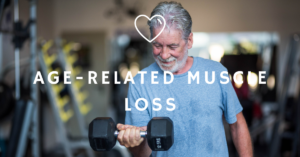CORE CONDITIONING FOR LOWER BACK PAIN
back pain
Back pain is a very common complaint amongst the training industry and in particular the lower back, however back pain can be felt anywhere along the spine from the neck down causing discomfort and add that ‘fear’ to exercise incase of further damage.
Most common complaints will tend to improve within a few weeks or months but there are cases that become more chronic. These are commonly caused by mechanical issues and soft tissue issues that have occurred by wrong exercise prescription, extreme heavy loads and poor techniques.
Injuries such as damage to intervertebral discs, compression of the nerve roots and improper movements of the spinal joints are some of the higher causes of back pain. Although the single most common cause is a torn/pulled muscle and/or ligament.
Imbalances of the body, where muscles on one side is weaker, stronger, larger or smaller than the other side effects the symmetry of the body. When it comes to lower back pain the imbalances normally occurs in the following:
APT (Anterior Pelvic Tilt)
APT (Anterior Pelvic Tilt – bottom sticks out behind, lower back concave’s and tummy sticks out)
Short: Hip Flexors
Long: Hip Extensors
Weak: Glutes & Abdominals.
Strong/Tight: Quadriceps & Low back
(Its a common mistake to say the lower back is weak due to it being in pain but the truth tends to be the opposite and the over dominance of the lower back and the Weakness of other muscles cause the imbalances resulting in back pain in an APT)
PPT (Posterior Pelvic Tilt)
PPT (Posterior Pelvic Tilt – bottom tucks under the hips, lower back curves round normally causes rounded shoulders too)
Short: Hip Extensors
Long: Hip Flexors
Weak: Quadriceps and Lower Back
Strong/Tight: Hamstrings, Glutes and Lower abdominals.
a strong core is imperative
To Avoid these conditions a strong core is imperative. A strong core will consist of muscles that work TOGETHER to support your body, keeping your body aligned and minimising stress on your muscles and joints.
The neutral spine is when the cervical (neck) , Thoracic (mid) and lumbar (Lower) parts of the spine is in good alignment. This is when the spine is at its strongest when standing and sitting. During exercise this allows the least amount of stress on the spine.






